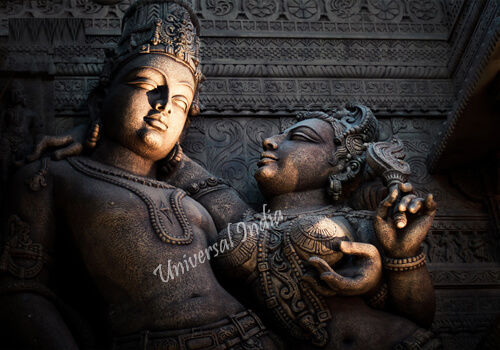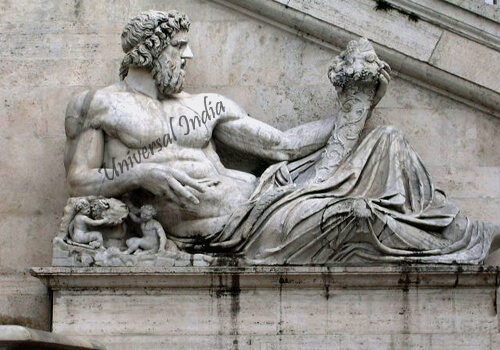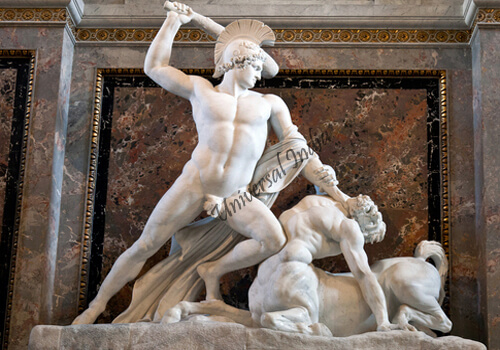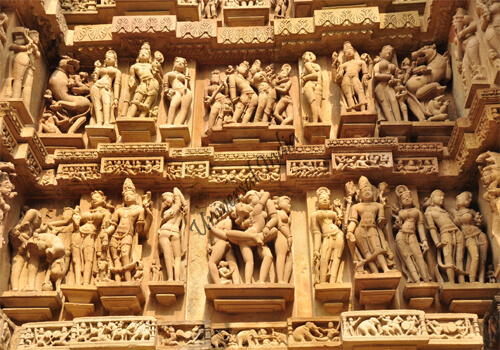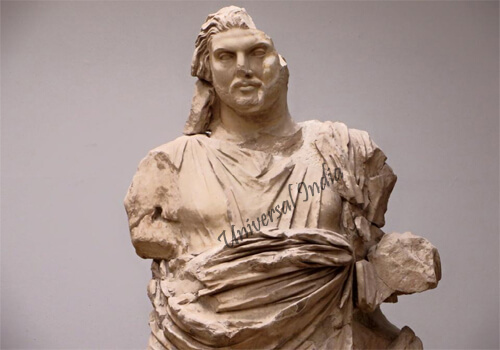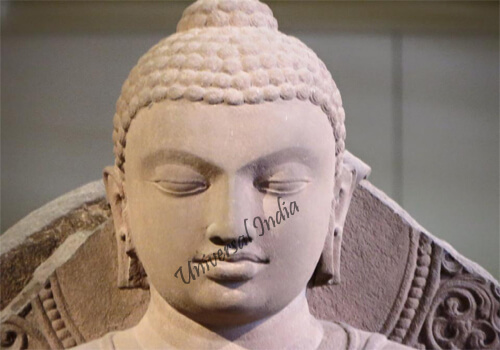History Of Sculpture
Sculpture has been a means of human expression since prehistoric times. The ancient cultures of Egypt and Mesopotamia produced an enormous number of sculptural masterworks, frequently monolithic, that had ritual significance beyond aesthetic considerations.
The freestanding and relief sculpture of the ancient Greeks developed from the rigidity of archaic forms. It became, during the classical and Hellenistic eras, the representation of the intellectual idealization of its principal subject, the human form. The concept was so magnificently realized by means of naturalistic handling as to become the inspiration for centuries of European art. Roman sculpture borrowed and copied wholesale from the Greek in style and techniques, but it made an important original contribution in its extensive art of portraiture.
In Europe the great religious architectural sculptures of the Romanesque and Gothic periods form integral parts of the church buildings, and often a single cathedral incorporates thousands of figural and narrative carvings.
Indian Sculpture
The Indus civilization produced many statuettes made of steatite and limestone. Some statuettes resemble the hieratic style of contemporary Mesopotamia, while others are done in the smooth, sinuous style that is the prototype of later Indian sculpture, in which the plastic modeling reveals the animating breath of life (prana). Also found in this region are square steatite seals adorned with a range of animals, including naturalistically rendered bulls; ceramic storage jars with simple, stylized designs; toys with wheels; and figurines, which may be mother goddesses. Bronze weapons, tools, and sculptures indicate a sophistication in craftsmanship rather than a major aesthetic development.
The lively traditions of Indian Sculptures date back to the 3rd century BC. It was during the time of first Indian Empire the Maurya dynasty. Most Probably the art of carving found its origin in this period. This Period is marked by the birth of sculptures. It is said that sculpture begins to gain characters and scenes from the stories from contemporary India. Mostly of three interconnected religions - Hinduism, Buddhism & Jainism.
Modern Sculpture
The 18th cent. modified the dramatic and grandiose style of the baroque to produce the more intimate art of Clodion and Houdon, and it also saw the birth of neoclassicism in the work of Canova. This derivative style flourished well into the 19th cent. in the work of Thorvaldsen and his followers, but concurrent with the neoclassicists, and then superseding them, came a long and distinguished line of French realist sculptors from Rude to Rodin.../view more/
Sculpture in the Ancient World

Greek Art as a whole is believed to be a mixture of Egyptian, Syrian, Minoan (Crete), Mycenean and Persian cultures - which (judging by language) are themselves derived from Indo-European tribes migrating from the open steppes north of the Black Sea. Greek sculptors learned both stone carving and bronze-casting from the Egyptians and Syrians, while the traditions ofsculpture within Greece were developed by the two main groups of settlers from Thessaly - the Ionians and Dorians.
The most popular sculptural materials used in Ancient Greece included: marble and other calcareous rock, bronze, terracotta and wood. It is worth noting that about half of all statues created during antiquity were made of bronze, despite the fact that the metal was only used widely in sculpture from about 550-500 onwards. Whatever material was used, the final surface of the statue was made to look more life-like by being coated with oil and hot wax, before being coloured and gilded. Even relief sculpture was not considered finished until polished and coloured.
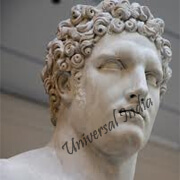
Roman sculpture learned from the Greeks and the Etruscans, reached a peak in the first and second centuries AD. It was, however, the development of the arch, the vault, and the dome, and the use of concrete, which gave distinction, serviceability, and grandeur to Roman domestic and public architecture and civil engineering.

Egyptian Sculpture of predynastic Egypt (c.4000-3200 B.C.), known from funerary offerings, consisted largely of painted pottery and figurines, ivory carvings, slate cosmetic palettes, and finely worked flint weapons. In painting, a monumental treatment was given to designs like those drawn in red on buff-colored pottery from  Hierakonpolis, a palace city of upper Egypt. Toward the end of the predynastic period, sculptors began to carve monolithic figures of the gods from limestone, such as the Min at Coptos. In the protodynastic and early dynastic periods (3200-2780 B.C.) some Mesopotamian motifs began to appear. The craftsmanship of the finely worked stone bowls and vases of these periods is particularly remarkable.../view more/
